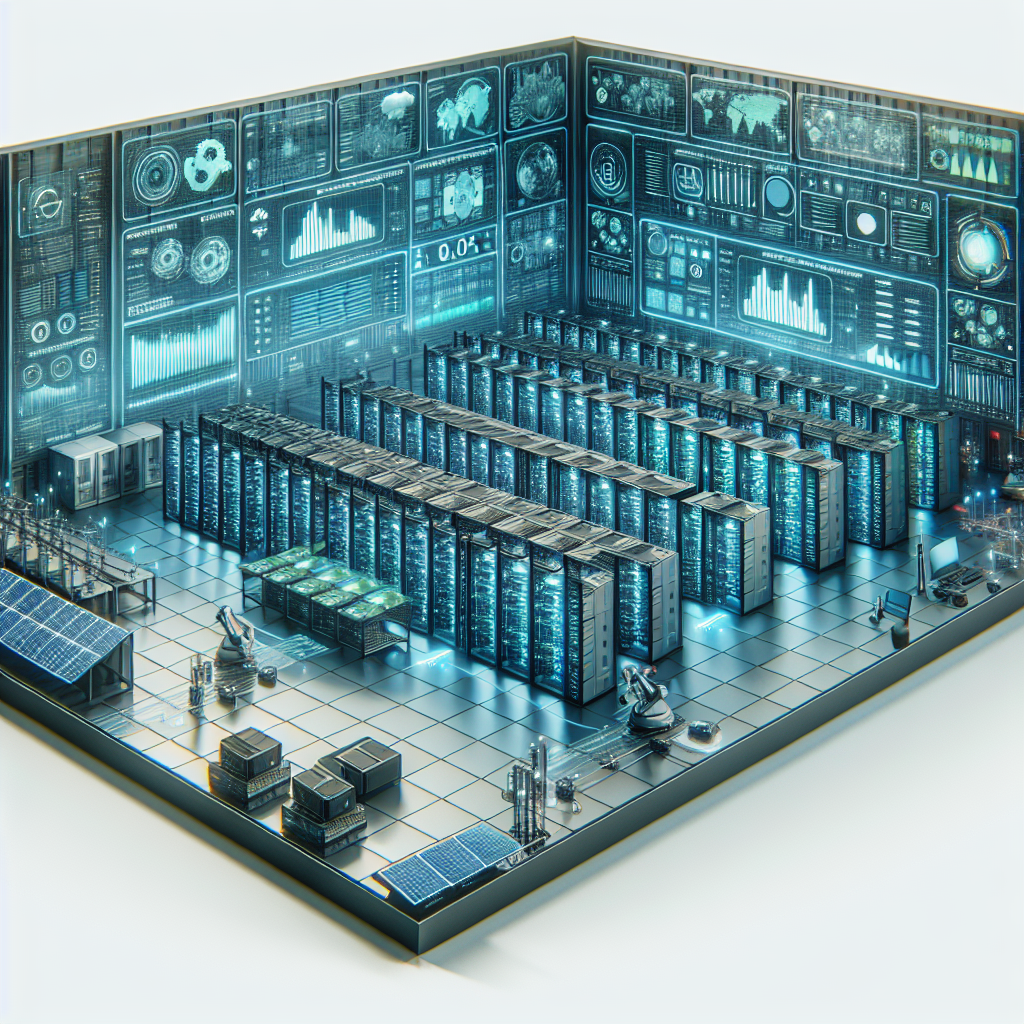Implementing Energy-saving Strategies in Data Centers: Best Practices and Recommendations
In today’s digital age, data centers play a crucial role in storing and managing the vast amount of information generated by businesses and individuals. However, the rapid growth of data centers has also led to increased energy consumption, making them one of the largest consumers of electricity worldwide. As concerns about climate change and energy sustainability continue to rise, it has become imperative for data centers to implement energy-saving strategies to reduce their environmental impact and operating costs.
There are several best practices and recommendations that data center managers can follow to improve energy efficiency and reduce their carbon footprint. Here are some key strategies to consider:
1. Virtualization: Virtualization technology allows multiple virtual servers to run on a single physical server, reducing the number of physical servers needed in a data center. This not only saves space but also reduces energy consumption and cooling requirements.
2. Energy-efficient hardware: Investing in energy-efficient servers, storage devices, and networking equipment can significantly reduce energy consumption in data centers. Look for products with high Energy Star ratings and low power consumption.
3. Server consolidation: Consolidating servers by running multiple applications on a single server can help reduce energy consumption and improve resource utilization. This can be achieved through server virtualization or server colocation.
4. Data center design: Optimizing the layout and design of a data center can improve airflow and cooling efficiency, leading to lower energy consumption. Implementing hot and cold aisle containment, using energy-efficient cooling systems, and sealing cable openings can all help reduce energy usage.
5. Renewable energy sources: Consider powering data centers with renewable energy sources such as solar, wind, or hydroelectric power. This can help reduce carbon emissions and reliance on fossil fuels.
6. Monitoring and management: Implementing energy monitoring and management systems can help data center managers track energy usage in real-time and identify areas for improvement. By monitoring key performance indicators such as Power Usage Effectiveness (PUE), managers can optimize energy efficiency and reduce costs.
7. Employee training: Educating data center staff on energy-saving practices and encouraging them to adopt sustainable behaviors can help create a culture of energy efficiency within the organization.
Implementing energy-saving strategies in data centers not only benefits the environment but also has a positive impact on the bottom line. By reducing energy consumption, data center managers can lower operating costs, improve resource utilization, and enhance overall sustainability. By following best practices and recommendations, data centers can play a vital role in promoting energy efficiency and environmental stewardship in the digital age.


